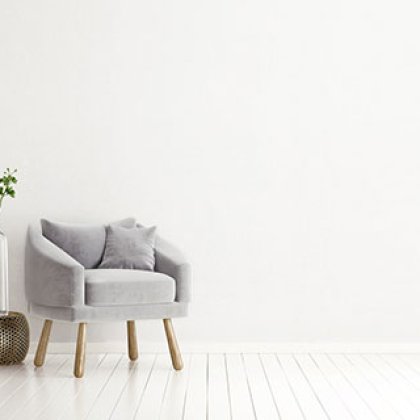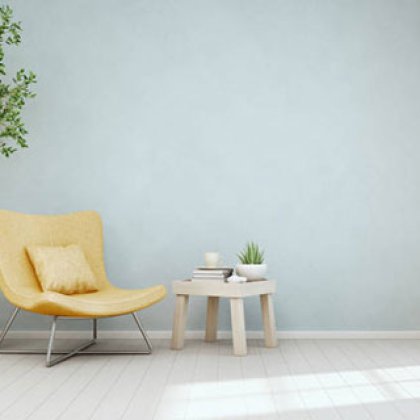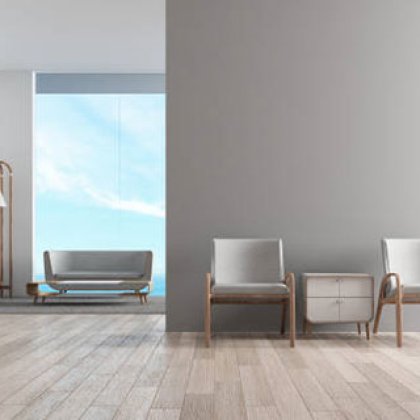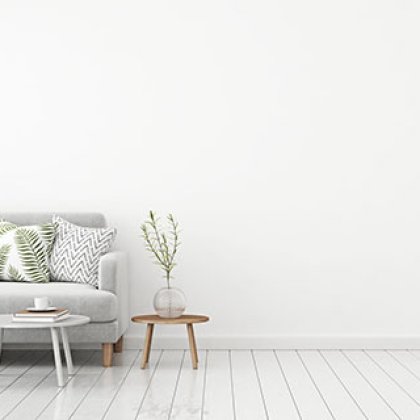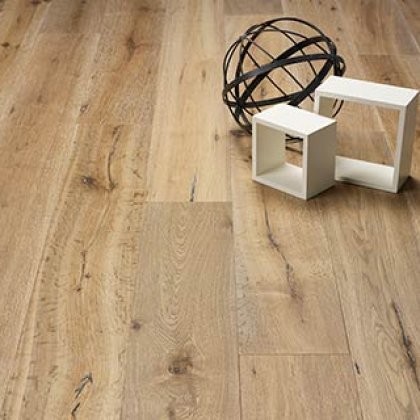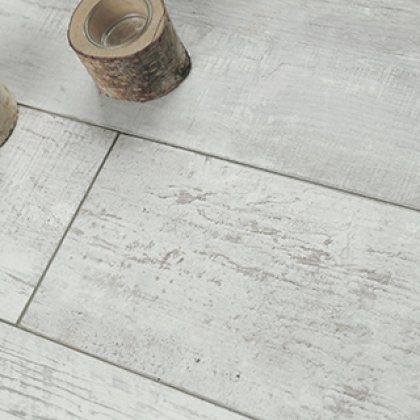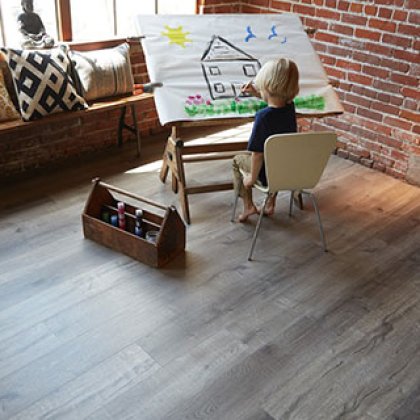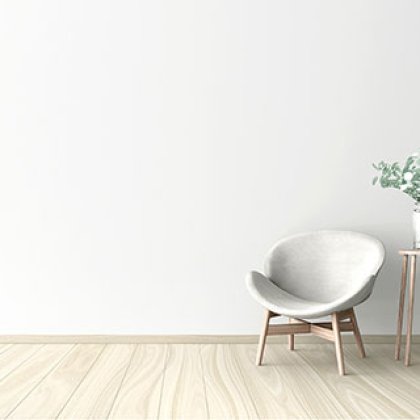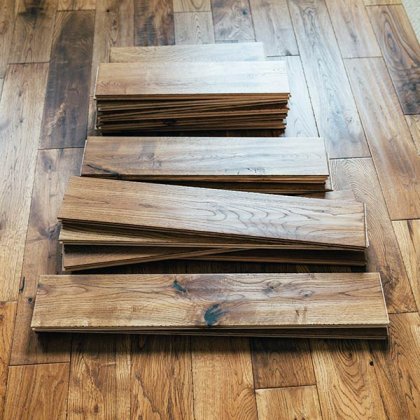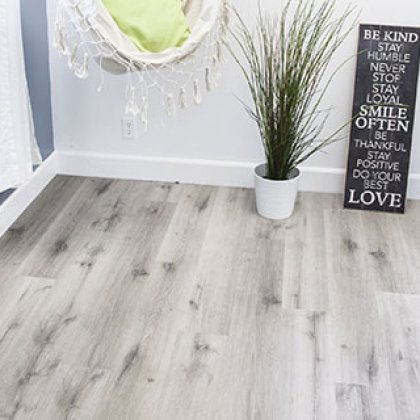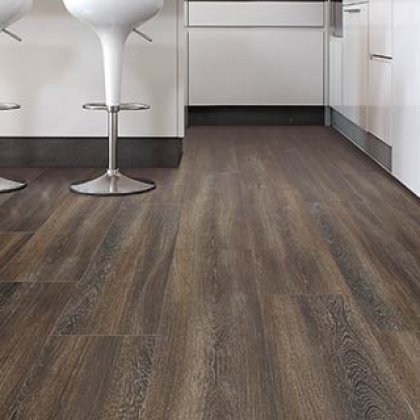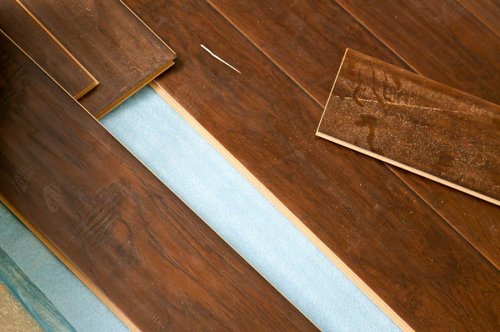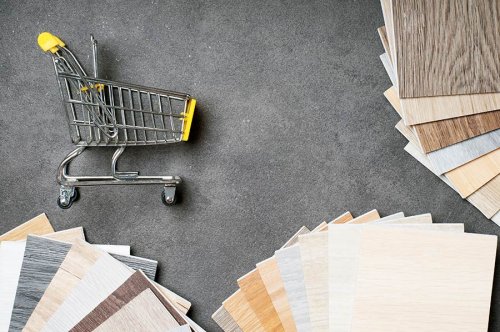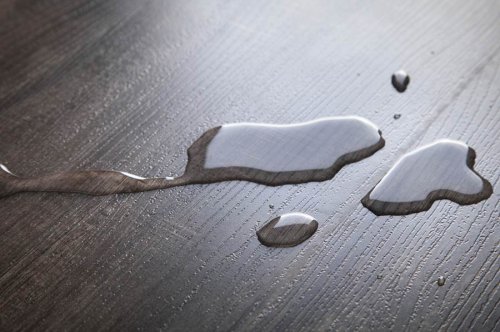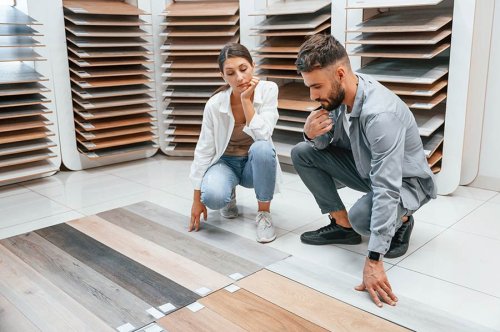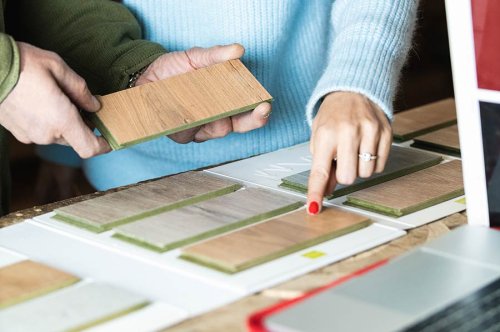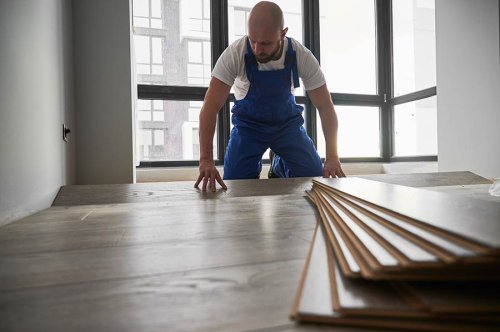Future of Flooring: Biodegradable Laminate Options Explored
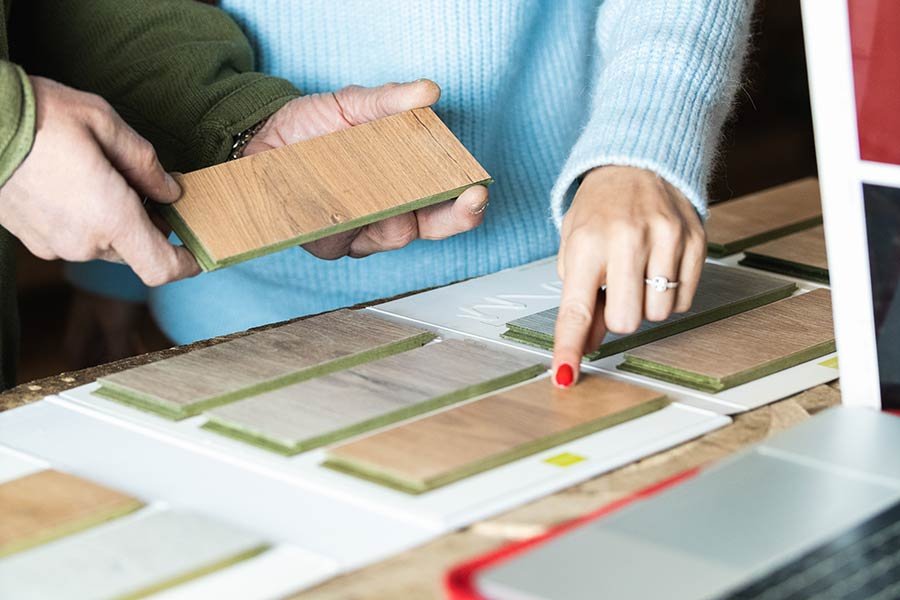
Over 90% of homeowners are now prioritizing eco-friendly materials in their renovations. Biodegradable laminate flooring is leading this green revolution, combining style with sustainability. Unlike traditional options, it breaks down naturally, reducing environmental impact without sacrificing aesthetics. This innovative flooring solution not only supports a healthier planet but also offers a durable and stylish choice for modern living spaces. Dive into the world of biodegradable laminate flooring and discover how making an eco-conscious choice can elevate your home's design while contributing to a greener future.
Key Takeaways
- Biodegradable laminate flooring is a great choice for eco-conscious homeowners looking to reduce their environmental impact.
- It offers benefits like reducing waste in landfills and using less toxic materials, making your home safer and more sustainable.
- Sustainable material options include bamboo, cork, and recycled wood, providing both durability and aesthetic appeal.
- The trend towards eco-friendly flooring is growing, with more options becoming available that cater to different styles and budgets.
- When choosing the right flooring, consider factors like material sustainability, life cycle, and how it's manufactured to ensure you're making an eco-friendly choice.
- By opting for biodegradable laminate flooring, you're not only making a positive impact on the environment but also investing in a healthy and sustainable future for your home.
Understanding Biodegradable Laminate Flooring
What It Is
Biodegradable laminate flooring is a green alternative. It breaks down into the earth after its life cycle ends. This type of flooring does not harm the planet.
It comes from natural and renewable materials. These floors are special because they go back to nature easily. They do not stay in landfills forever.
Key Differences
Traditional laminate flooring often contains plastics and chemicals. These materials do not break down well in nature.
Biodegradable options use safer materials. They also need less energy to make. This makes them better for our planet.
Materials Used
Biodegradable floors use wood, cork, and bamboo. These materials come from sustainable sources.
They also have natural resins instead of harmful glues. This means they are safer for homes and the earth.
Benefits of Biodegradable Flooring
Environmental Impact
Biodegradable flooring greatly reduces landfill waste. When it's time to replace them, these floors break down much faster than traditional materials. This means less trash for our planet.
They also use less energy in production. Making biodegradable floors needs fewer resources. This helps protect nature.
Health Advantages
These floors have fewer toxic chemicals. Many regular floors release harmful substances into homes. Biodegradable options are safer for families.
They improve air quality inside homes. By choosing these floors, people breathe easier. This is good for everyone's health.
Economic Benefits
Biodegradable flooring can save money over time. They might cost more at first. But they last long and need less care.
They add value to homes. People like eco-friendly homes more and more. This makes houses with these floors worth more.
Sustainable Material Options
Bamboo Floors
Bamboo is a top choice for biodegradable laminate flooring. It grows fast and is ready to harvest in about five years. This makes bamboo highly renewable.
People love it for its strength and durability. Bamboo floors can last as long as traditional hardwood when cared for properly.
Cork Flooring
Cork comes from the bark of cork oak trees. Harvesting doesn't harm the tree, making it an eco-friendly option.
Cork floors are soft and comfortable underfoot. They also reduce noise, which is a bonus in busy homes.
Linseed Oil
Linoleum, made mainly from linseed oil, is another sustainable material. The oil comes from flax plants, which are easy to grow and require little water.
Linoleum is known for its longevity and resilience against scratches and dents.
Recycled Materials
Manufacturers often use recycled wood and plastic in biodegradable laminate flooring. This process reduces waste and conserves resources.
Floors made from recycled materials are durable and can mimic the look of natural wood or stone.
These sustainable materials not only support the benefits mentioned in the previous section but also offer long-lasting performance. They prove that choosing eco-friendly flooring does not mean compromising on quality or durability.
Trends in Eco-Friendly Flooring
Consumer Preferences
People want green choices now more than ever. They look for products that don't harm the planet. This is true for flooring too. Many choose floors made from sustainable materials.
They prefer floors that last long but can also break down safely when thrown away. This means less waste in landfills.
Biodegradable Innovations
Companies are working hard to make new types of flooring. They want them to be both strong and eco-friendly. Some floors can now break down faster once they're no longer needed.
This is a big step forward. It shows we can have nice things without hurting the earth.
Flooring Trends
There are a few key trends in eco-friendly flooring. One is using materials that grow back quickly, like bamboo. Another trend is recycling old materials to make new floors.
People also like floors that don't need harmful chemicals to clean. This makes their homes safer and the air cleaner.
Eco-friendly flooring is not just a choice anymore. It's a movement. People everywhere are choosing floors that are good for the earth. They know these choices can help save our planet.
How to Choose the Right Flooring
Quality Assessment
To ensure you get the best, assess the durability of biodegradable laminate flooring. Look for products with a high wear layer. This layer protects the floor from scratches and dents.
Manufacturers often provide warranties. Longer warranties mean they trust their flooring to last.
Budget Considerations
Your budget matters a lot. Biodegradable options might cost more upfront. Yet, they offer long-term savings. They need less replacement over time.
Think about installation costs too. Some floors are easy to install on your own. Others need professional help.
Room Usage
Consider the room's function. High-traffic areas need tougher flooring. Kitchens and bathrooms need water-resistant types.
For living rooms, comfort is key. Choose softer, warmer options here.
Finding Suppliers
Look for suppliers with good reviews. They should have a range of eco-friendly options. Ask them about the source of their materials.
A reputable supplier will be transparent about their products' environmental impact.
Installation Help
Choose installers with experience in eco-friendly flooring. They should know how to handle and install these materials properly.
Ask for references or check online reviews before hiring anyone.
Closing Thoughts
Biodegradable laminate flooring is your step towards a greener planet. You've seen the benefits, the sustainable materials available, and how to pick the right one for your needs. This flooring not only looks good but does good, reducing your carbon footprint and contributing to a healthier environment. Remember, choosing eco-friendly flooring means you're part of a bigger movement towards sustainability.
Take action now. Dive into the world of biodegradable laminate flooring and make a choice that feels right for your home and the planet. Let's walk on floors that lead us to a better future. Your decision today makes a world of difference tomorrow.
Frequently Asked Questions
What is biodegradable laminate flooring?
Biodegradable laminate flooring is an eco-friendly alternative designed to break down naturally after its lifecycle, reducing environmental impact. It's made from sustainable materials that decompose without harming the ecosystem.
Why should I choose biodegradable flooring?
Opting for biodegradable flooring significantly lowers your carbon footprint, supports sustainable living, and contributes to a healthier environment by using materials that are kinder to our planet.
What materials are used in biodegradable laminate flooring?
Sustainable materials like bamboo, cork, and recycled wood fibers are commonly used in biodegradable laminate flooring. These resources are renewable and have a minimal environmental impact.
Are there any trends in eco-friendly flooring I should know about?
Current trends include using reclaimed materials, focusing on natural and organic options, and innovative recycling processes to create floors with less waste and lower emissions. Eco-friendly flooring is becoming more stylish and accessible.
How do I choose the right biodegradable flooring for my home?
Consider factors like durability, room usage, aesthetic preferences, and environmental impact. Look for certifications that indicate sustainability practices, and choose a style that complements your home while meeting your eco-friendly goals.
Is biodegradable laminate flooring more expensive than traditional options?
While initial costs might be higher, investing in biodegradable laminate flooring can lead to savings in the long run through durability and lower environmental impact fees. Plus, it adds value to your property by being eco-conscious.
Can biodegradable laminate flooring be recycled?
Yes, many types of biodegradable laminate flooring are designed to be recycled or composted at the end of their life cycle, further reducing waste and promoting a circular economy in the flooring industry.

